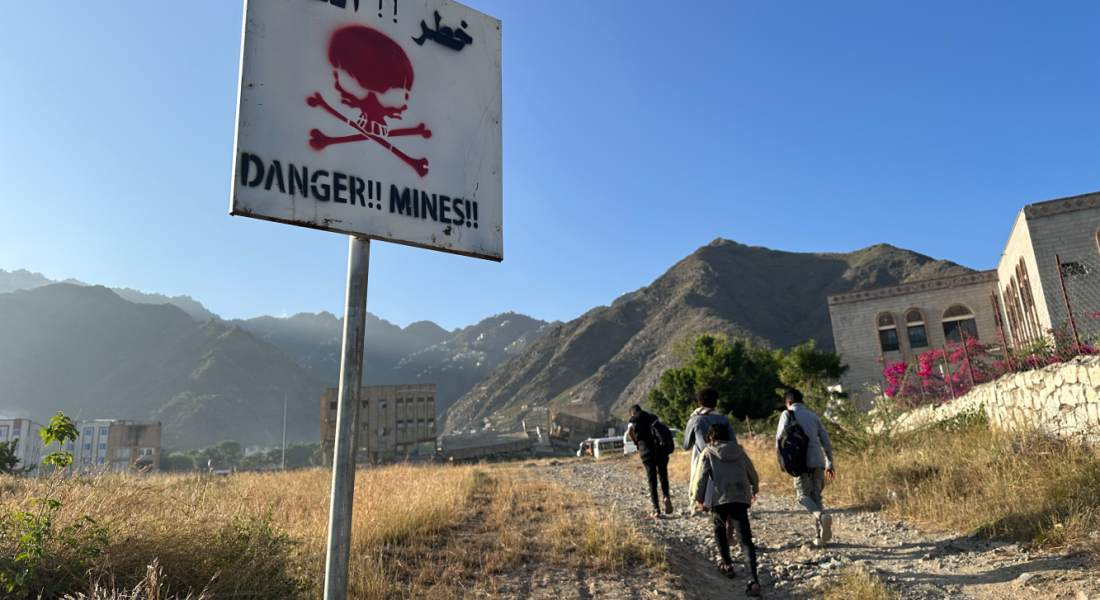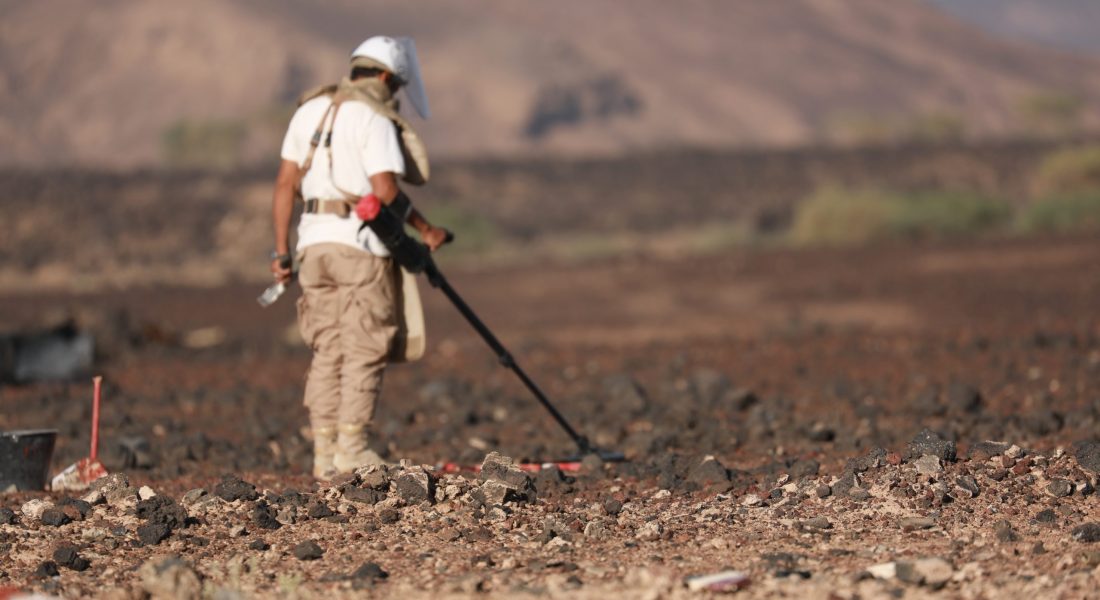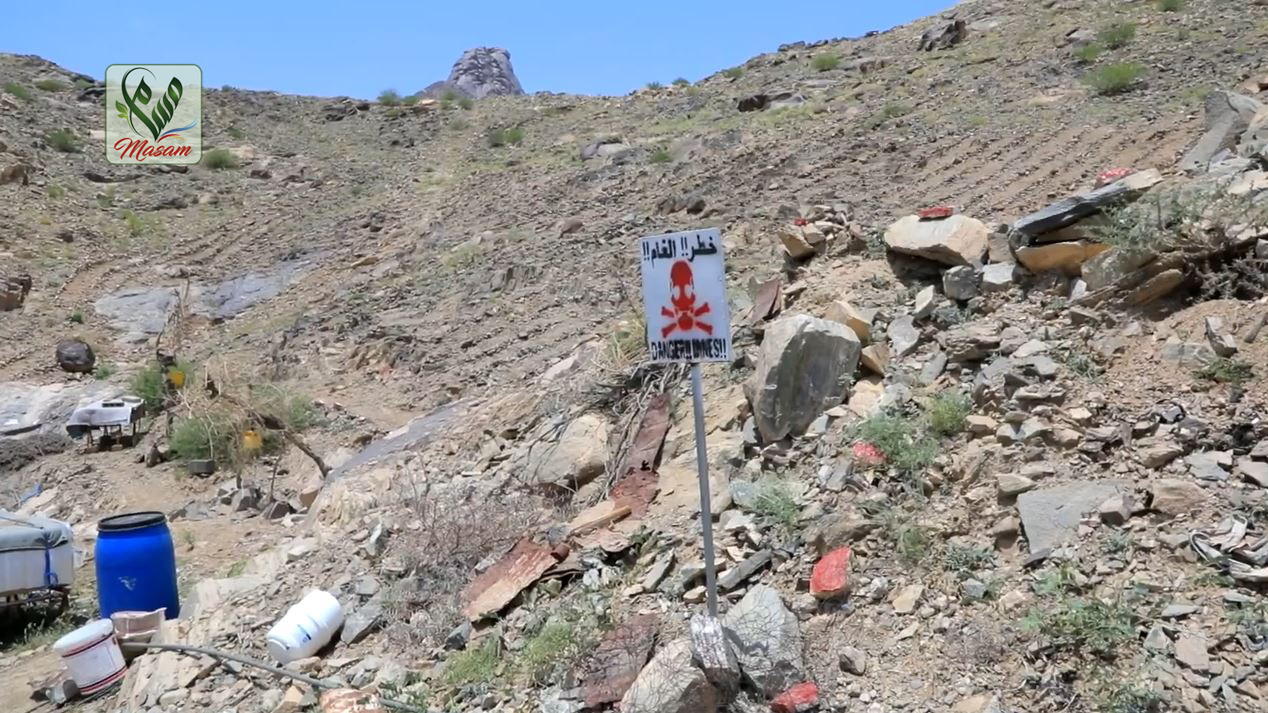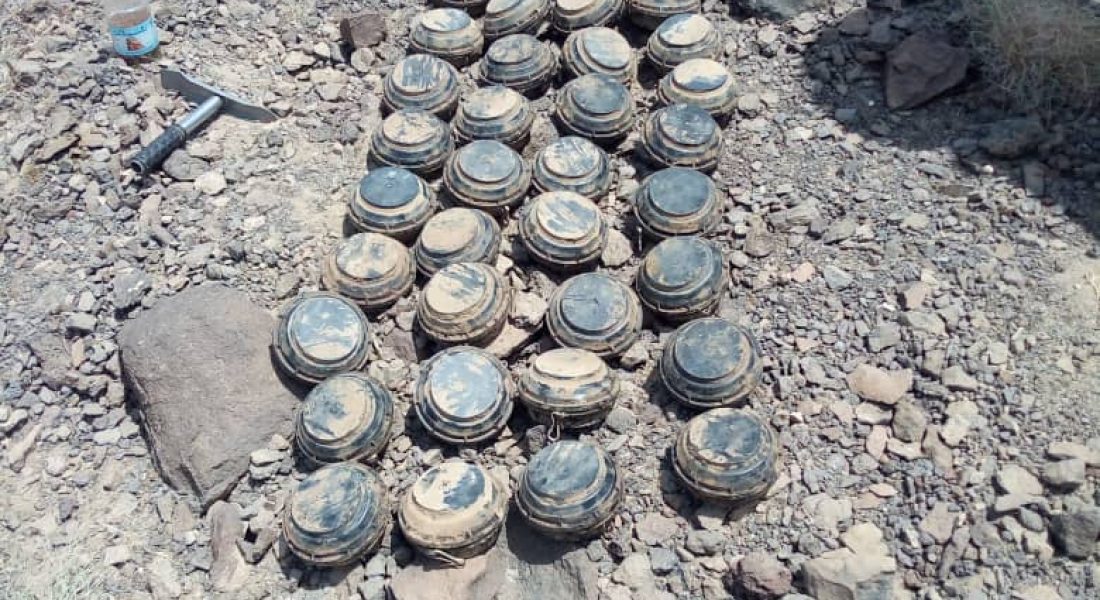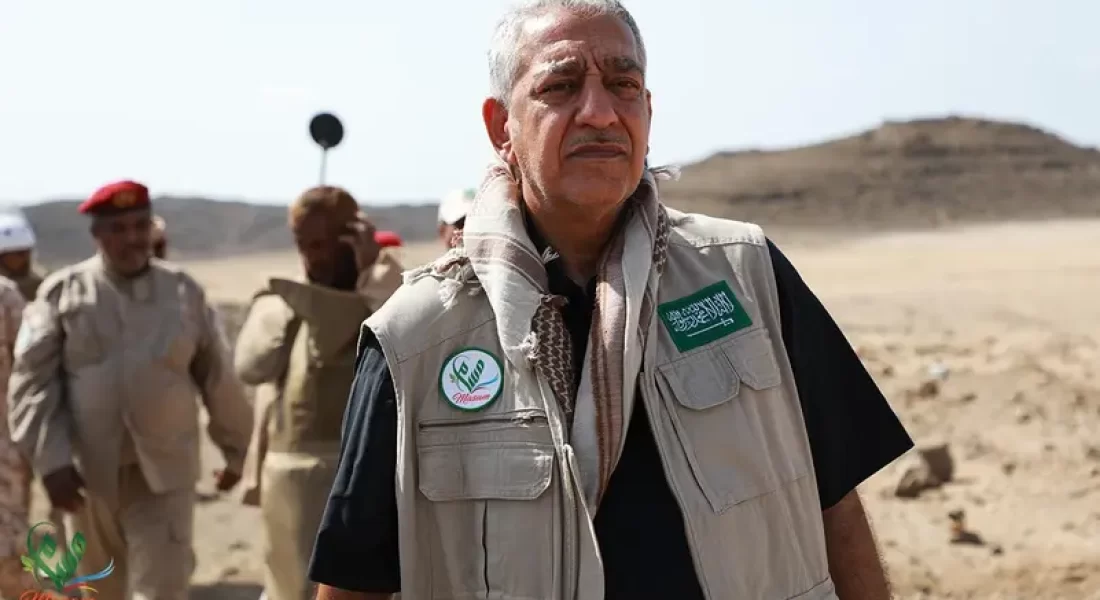Since 2018, Project Masam has cleared 6,783 anti-personnel landmines across Yemen, many of which were deployed by Houthi forces in civilian-populated areas.
Houthi militias and associated groups have been documented using anti-personnel landmines in Yemen since at least 2014, with credible reporting by the UN Panel of Experts, Human Rights Watch, and the Yemen Mine Action Centre confirming widespread and unlawful deployment in civilian areas.
Breaching international law
These devices – primarily pressure-activated blast mines, including Soviet-era PMN variant – are banned under the 1997 Mine Ban Treaty (Ottawa Convention), to which Yemen is a state party.
Despite Yemen’s legal obligations under the treaty, anti-personnel mines continue to be used in conflict-affected governorates such as Taiz, Marib, Hudaydah, and Shabwah. Their deployment in civilian homes, schools and healthcare facilities, water sources and agricultural land, and access routes, violates multiple provisions of international humanitarian law, including:
-
Article 1 of the Ottawa Treaty, prohibiting the use, development, stockpiling, and transfer of anti-personnel mines
-
Article 4, obligating parties to destroy existing stockpiles
-
Customary IHL principles, particularly distinction and proportionality
Project Masam’s clearance operations continue under challenging conditions. The absence of technical data (such as minefield maps and deployment records) significantly hampers clearance efforts and increases risks to both deminers and affected communities.
Profound human toll
Survivors across Yemen who have shared their stories with us are living examples of the profound human toll of landmine use.
Saliha Abdah, a mother from Taiz, said: “We were displaced when the war started; the Houthis entered our region and planted landmines. I went to the mountain to collect wood. Suddenly, a landmine exploded under me. The explosion led to the amputation of my leg, under the knee.”
Following her injury, Saliha faced abandonment and economic hardship, highlighting the broader social impact of landmine incidents.
Young herder Abdou Hamdi, meanwhile highlighted: “My right leg was injured; right above my knee. Now I just sit. I can’t live a normal life. The landmines have halted my life. I became disabled. I used to go to work and now I am just idle.”
His experience underscores the disruption of livelihoods caused by landmine injuries – something Khaled Ahmed Abd Al-Hay, an amputee from Salh District in Taiz Governorate, also shares.
“Work is difficult for a person like me but life forces you to do any work in order not to be a burden on people or society.”
Khaled’s determination reflects the resilience of survivors striving to regain independence. In many cases, tragically, civilians do not survive these accidents. Amna Ibrahim, a mother from Yemen’s Red Sea coast region, told us of the loss of her son.
“The Houthis entered our village and planted it fully with mines. They planted mines to kill the civilians and maim them. My son went out to the coast, he went to work in the sea. Moments after he left the house, we heard an explosion. We went out to see what happened.”
Urgent action needed
At a recent address to the United Nations in Geneva, Ousama Algosaibi, Managing Director of Project Masam, emphasised the urgency of international action and called for immediate measures to be taken.
“We need to urgently demand the Houthis stop planting landmines and request they hand in any existing maps or coordinates to help rid Yemen of landmines faster and safely.”
In his address, Algosaibi also urged the international community to take four critical steps:
- Ensure accountability for violations of the Mine Ban Treaty by all parties, including non-state actors
- Sustain long-term funding for clearance efforts to ensure operational continuity and safety
- Support structured victim assistance through accurate data collection, rehabilitation, and reintegration services
- Demand full disclosure of minefield data from actors responsible for deployment
Anti-personnel mines are not historical remnants: they are actively used today in breach of international law. Their continued presence obstructs humanitarian access, reconstruction, and the safe return of displaced civilians.
Project Masam remains committed to its mission to clear landmines, protect lives, and uphold international humanitarian standards across Yemen. However, the scale of contamination and the persistent use of banned devices demand coordinated international pressure, enforcement, and support.

